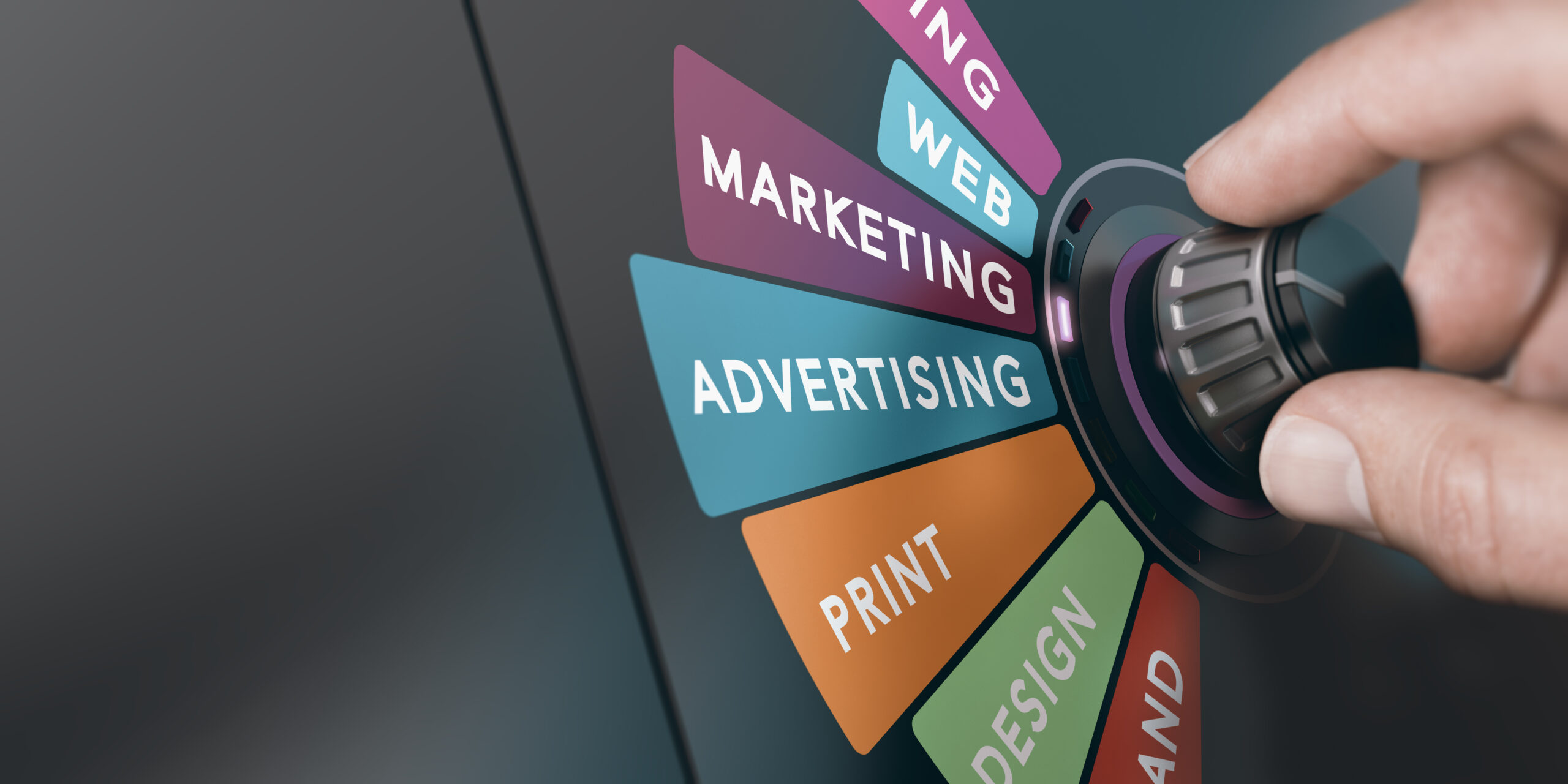Advertising is everywhere. Billboards line the highways, commercials interrupt our favorite shows, and pop-up ads clutter our screens. But here’s the problem—people are tuning out. Traditional advertising, the kind that simply pushes a message in front of an audience and hopes for the best, is losing its power. Consumers today don’t just want to be told about a product or service. They want engagement, authenticity, and relevance.
The way people interact with brands has changed, and companies that don’t evolve will be left behind. The future of advertising isn’t about louder, flashier commercials. It’s about building relationships and offering value in a way that resonates with today’s audiences.
Why Traditional Advertising Is Failing
For decades, traditional advertising was built on a simple idea: If you put your message in front of enough people, a percentage of them will respond. This worked when audiences had fewer choices. Television networks had limited channels, newspapers were the main source of news, and billboards were a dominant form of brand exposure. But times have changed.
The biggest reason traditional advertising is failing is consumer control. People now decide when, where, and how they engage with content. Streaming services let users skip commercials, ad blockers remove banners from websites, and social media gives people the power to curate what they see. The days of passive viewership are over.
Another major issue is oversaturation. The average person sees thousands of ads every day. With so much noise, traditional ads have lost their impact. People have trained themselves to ignore ads, skip commercials, and scroll past anything that feels too promotional.
Finally, trust is declining. Studies show that consumers are skeptical of traditional advertising. They don’t want to be “sold to.” Instead, they look for authenticity and credibility in the brands they support. A polished TV commercial doesn’t build trust, but a real story, customer testimonial, or behind-the-scenes look into a company does.
The Shift To Engagement-Based Advertising
If traditional advertising is dying, what’s taking its place? The future of brand engagement is all about interaction, personalization, and value-driven content. Companies that focus on creating meaningful experiences rather than just delivering ads will succeed in this new landscape.
One of the biggest trends is content marketing. Instead of just telling people about a product, brands are now creating content that educates, entertains, or inspires. This could be blog posts, videos, podcasts, or interactive experiences. When brands provide real value, consumers are more likely to engage.
Another shift is influencer marketing. People trust other people more than they trust corporations. That’s why influencers, content creators, and everyday consumers sharing their experiences have become more effective than traditional ads. When someone sees a product being used by a person they follow and respect, it feels more authentic than a scripted commercial.
Personalization is also a game-changer. Data-driven marketing allows brands to create tailored experiences for each customer. Instead of a generic message blasted to millions, consumers now receive recommendations and promotions based on their actual interests and behaviors. This kind of targeted engagement makes advertising feel relevant rather than intrusive.
The Role Of Out-Of-Home Media In The Future Of Advertising
As digital marketing continues to evolve, one area that still holds enormous potential is out-of-home (OOH) media—but not in the traditional sense. The old model of static billboards and generic digital signage is becoming outdated. Instead, OOH is transforming into an interactive, data-driven experience.
At ClearTV, we’ve seen firsthand how smart, location-based content can engage people in ways that traditional ads can’t. Imagine you’re in an airport waiting for your flight. Instead of seeing the same rotating news clips, you get curated entertainment and relevant, dynamic advertising tailored to the environment. The content is designed to match your interests, hold your attention, and encourage real interaction.
This is the future of advertising—integrating content into people’s daily experiences instead of interrupting them. The most effective brands won’t be the ones shouting the loudest. They’ll be the ones seamlessly blending into the consumer’s journey, providing value at the right time and in the right place.
What Brands Must Do To Stay Relevant
For businesses that want to stay ahead, the takeaway is clear: stop pushing ads, start building relationships. Consumers today expect more, and successful brands will meet them where they are.
- Create valuable content. Instead of just promoting products, create articles, videos, or social media posts that entertain, educate, or inspire.
- Engage through experiences. Interactive campaigns, live events, and digital integration make advertising more immersive and effective.
- Leverage influencers and real people. Consumers trust word-of-mouth recommendations more than corporate messaging. Partner with influencers and let real customers tell their stories.
- Personalize the message. Use data and analytics to deliver ads that actually matter to each individual consumer. Relevance is key.
- Integrate advertising into everyday moments. Whether through out-of-home media, streaming platforms, or social engagement, advertising should feel like part of the experience rather than an interruption.
The Future Is About Connection
The world of advertising is changing fast, and the brands that thrive will be the ones that understand this shift. Consumers today don’t want to be bombarded with ads—they want to feel connected to the companies they support.
The future of brand engagement isn’t about selling more—it’s about creating trust, offering value, and making meaningful connections. Those who embrace this shift will win, while those who rely on outdated, one-way advertising will be left behind.
The choice is simple: evolve, or disappear.
